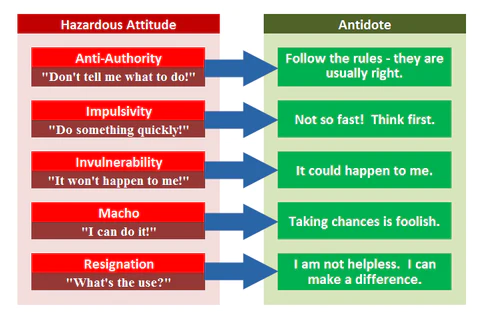
Alaskan weather can be temperamental to say the least, but when traveling in the air, the changes can be even more drastic. With over 39 mountain ranges with deep gorges and high peaks, pilots experiences severe crosswinds, wind shear low ceilings and much more.
In Alaska, our aeronautical decision making (ADM) should be considered even more crucial than other parts of the United States. The Anchorage Daily News stated in November of 2019 that the rate of airplane crashes in Alaska is higher than the national average.
Ketchikan Volunteer Rescue Service President Jerry Kiffer stated, “If I had to point to one thing, I would say the weather is the biggest contributing factor — and that’s true back as far as I can remember.” If the weather is the most significant contributing factor, perhaps our ADM skills should be evaluated even further.
Aeronautical Decision Making (ADM)
This decision-making process is designed to identify hazards, assess the degree of risk, and determine the best course of action. These hazards could be weather, runway conditions, pilots with low time, and much more.
Another set of hazards that are not considered as often is the hazardous attitudes of a pilot. The FAA has clearly defined them as anti-authority, impulsivity, invulnerability, macho, and resignation. If you find yourself with these attitudes or thoughts, it is recommended to recognize them as hazardous and state the antidote to remedy the situation.
- Anti–authority. This is the teenage equivalent of “don’t tell me what to do” attitude. The rules are there for a reason, the notams are there for a reason, for pilots and student pilots to follow. The antidote for this is, “Follow the rules, they are usually right”.
- Impulsivity. This is the “act first, think later” attitude. Acting impulsively is not safe and can put you or yourself at risk. The antidote for this is, “Not so fast. Think first.”
- Invulnerability. This is the “It won’t happen to me” attitude. A person with this attitude could think that they are invincible, indestructible, but we both know this isn’t true. The antidote for this is “It could happen to me”.
- Macho. This is the “I can do it – I’ll show them”. Pilots with this attitude try to prove themselves by taking risks in order to impress others. The antidote for this is, “Taking chances is foolish”.
- Resignation. This is the “what’s the use?” attitude. Pilots with these thoughts often think that when things are going well that it is just good luck. The antidote for this is, “I’m not helpless, I can make a difference”.

A pilot’s attitude affects their decision-making, which can be crucial during flight or when evaluating risks. Our Mission, Vision, and Core Values revolve around developing safe and competent pilots who can assess risks and understand practical ADM skills.
